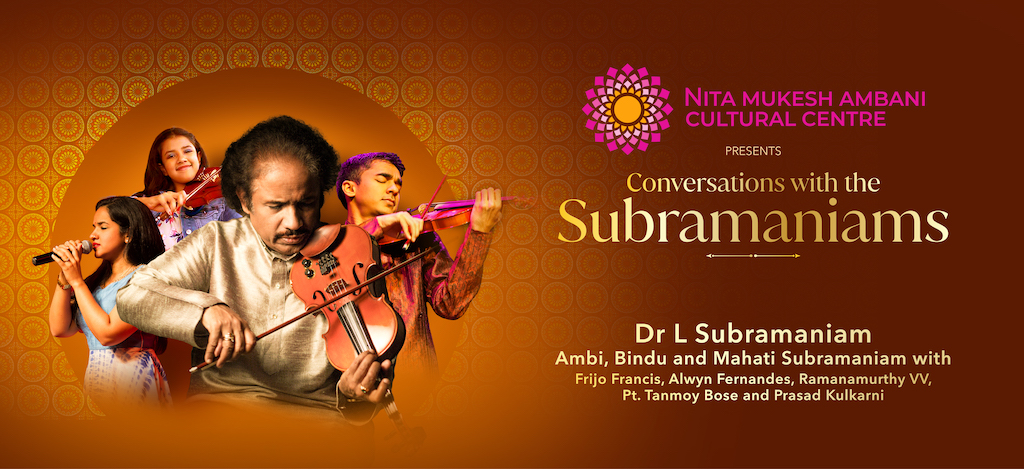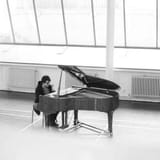Harmony Across Borders: Insights with Dr. L. Subramaniam
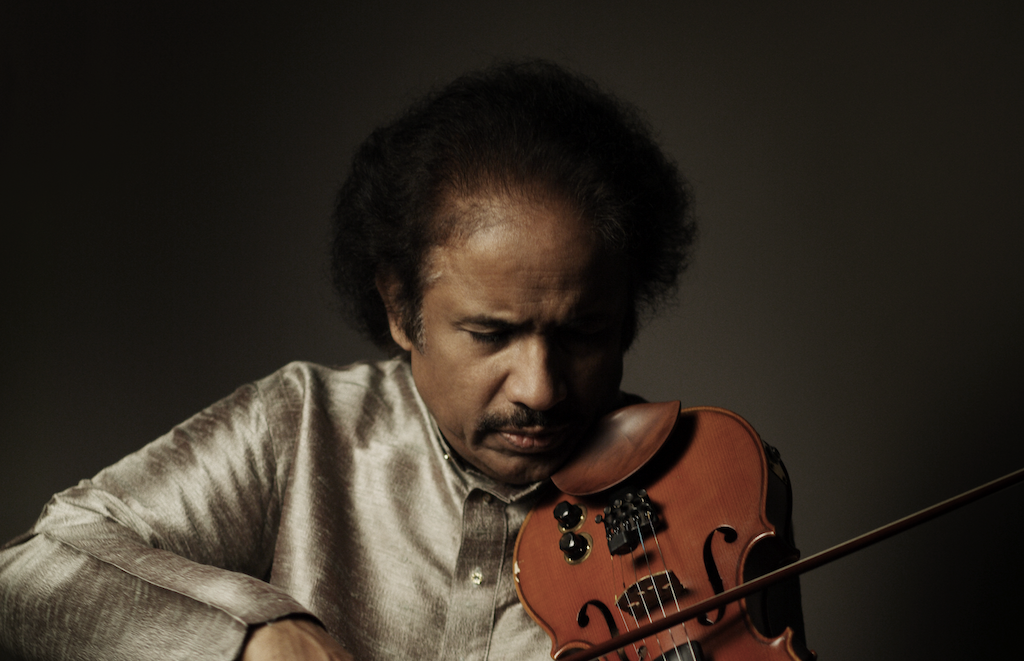
Dr. L. Subramaniam, a luminary in the world of music, seamlessly blends the serenity of Indian classical melodies with the magnetism of Western virtuosity. His journey from a prodigious child artist to a global icon spans continents and genres. Born into a musical family, Subramaniam's prowess on the violin was evident from a young age. His insatiable curiosity led him to traverse diverse musical landscapes, mastering not only South Indian classical music but also Western classical traditions and global fusion.
With over 250 recordings to his credit, Subramaniam's collaborations read like a who's who of the music world, spanning from Yehudi Menuhin to Stevie Wonder, Jean-Pierre Rampal to Herbie Hancock. His compositions, ranging from orchestral masterpieces to film scores, showcase a fusion of cultural influences and technical brilliance.
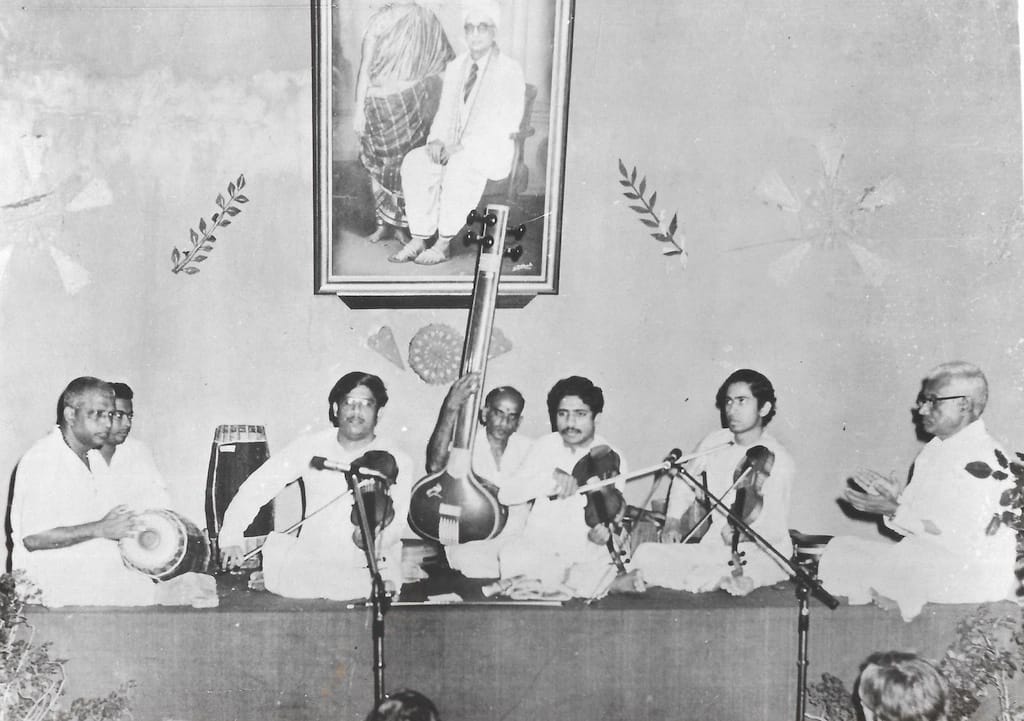
Beyond his musical accomplishments, Subramaniam is a visionary educator, founding the Lakshminarayana Global Centre of Excellence (LGCE) and the Subramaniam Academy of Performing Arts (SaPa). Through these institutions, he nurtures the next generation of musicians and promotes cultural exchange on a global scale.
Recipient of numerous awards, including the prestigious Padma Bhushan, Subramaniam's legacy extends far beyond accolades. His concerts are not mere performances but transformative experiences, where technique merges seamlessly with emotion, leaving audiences spellbound.
In this interview, we delve into the life and philosophy of Dr. L. Subramaniam, exploring his artistic journey, creative process, and vision for the future of music.
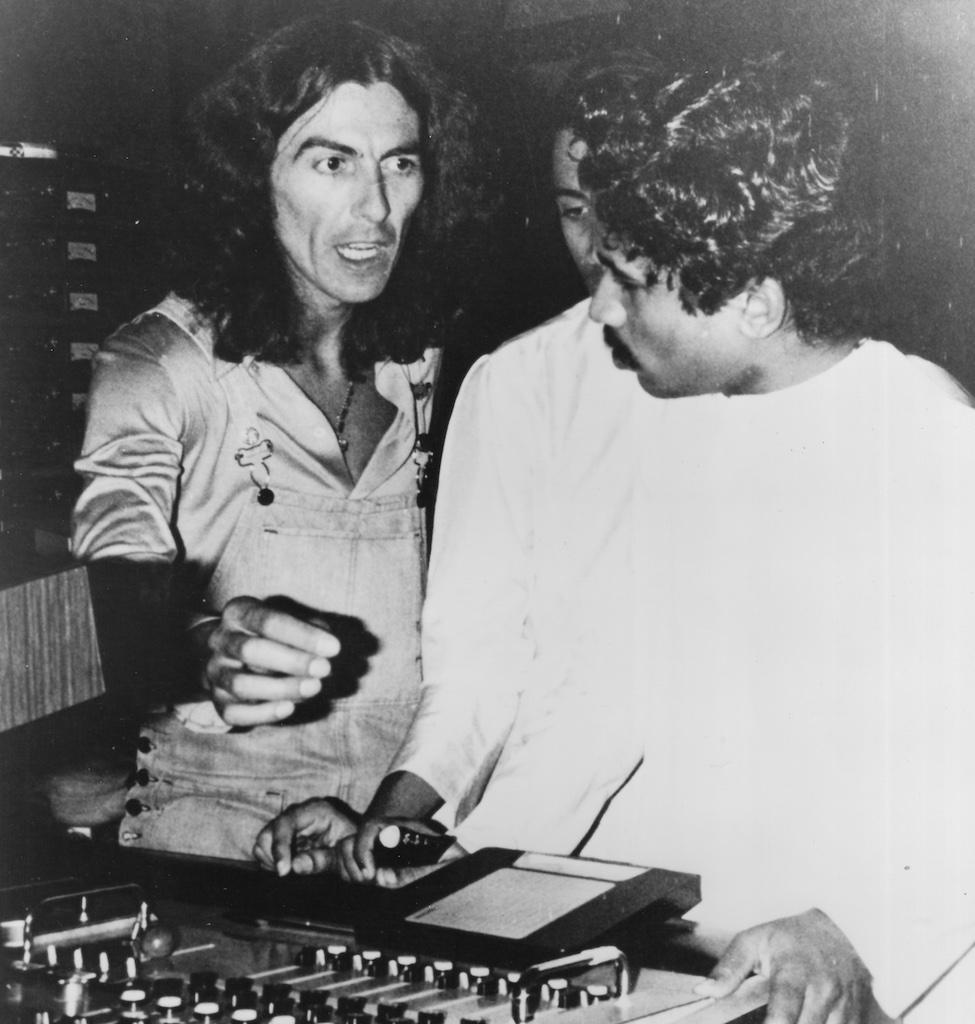
Nikhil Sardana: What inspired you to follow in your father's footsteps, and how did you navigate the challenges encountered along this path?
L. Subramaniam: In the past, the violin primarily served as an accompanying instrument, particularly in the 60s and 70s. My father, my mentor and inspiration, aimed to elevate the status of the Indian violin to that of a solo instrument, akin to its Western counterpart. Recognizing the need for a distinct solo technique, he diligently worked to develop one. His vision became mine, leading me to pursue music alongside my medical studies. Despite initial setbacks, including missing out on a German scholarship, I eventually secured scholarships for my music education in California. Following my father's guidance, I focused on establishing myself as a soloist, which led to collaborations with renowned musicians and producers. Embracing fusion music despite initial hesitations, I embarked on projects that garnered acclaim. This journey, marked by milestones and recognition, reflects the realization of my father's dream and my own dedication to the violin.
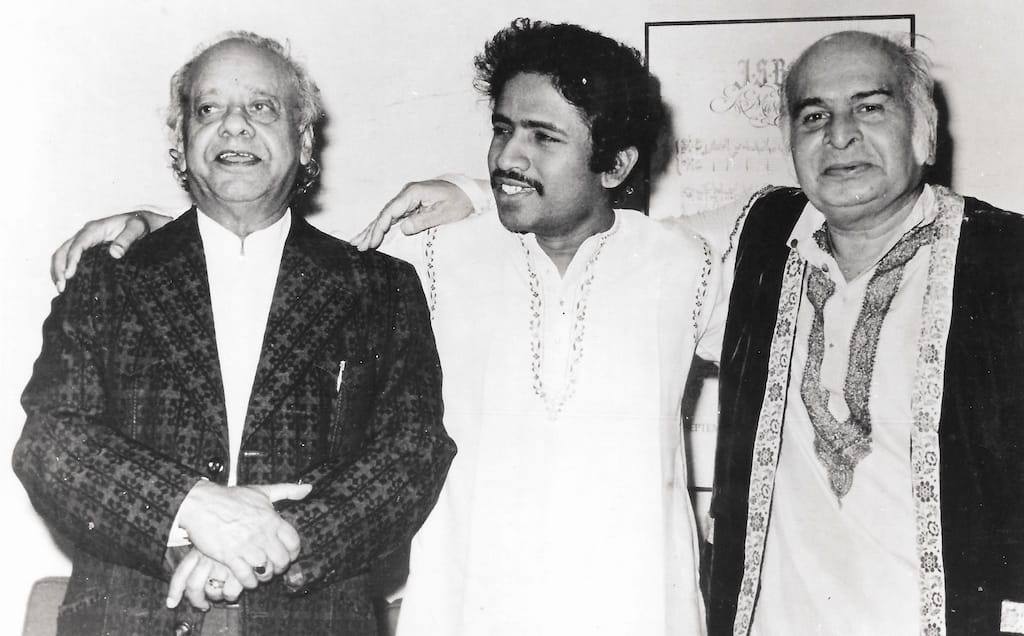
NS: You have collaborated with many international artists from different genres. How do you approach collaborations, and what do you think is the key to creating successful cross-cultural collaborations?
LS: The most crucial aspect is understanding the music and strengths of the artists involved. These exceptional talents have honed their craft over many years, achieving and maintaining greatness is no small feat. When embarking on a project, I delve into their musical boundaries and past accomplishments. I strive to compose pieces that challenge them while staying true to their style. It's essential to grasp Western music language, notation, and harmony, alongside a deep understanding of Indian classical music, to effectively collaborate and inspire artists to surpass their previous works. I pioneered the concept of global music, amalgamating diverse influences to create something novel and inspiring.
Regarding film composition, I draw from my brother's expertise, who is well-versed in film scoring. When approached by Mira Nair for " Salaam Bombay!," despite my focus on concerts and symphonies, I accepted the challenge. Understanding the characters, emotions, and themes of the film is paramount. I develop a central theme that encapsulates the essence of the story, then tailor music to accentuate characters and settings. For "Mississippi Masala," for instance, I incorporated African elements to evoke the ambiance of the setting. Ultimately, film composition requires a deep understanding of storytelling and emotion, coupled with technical skill and creativity.
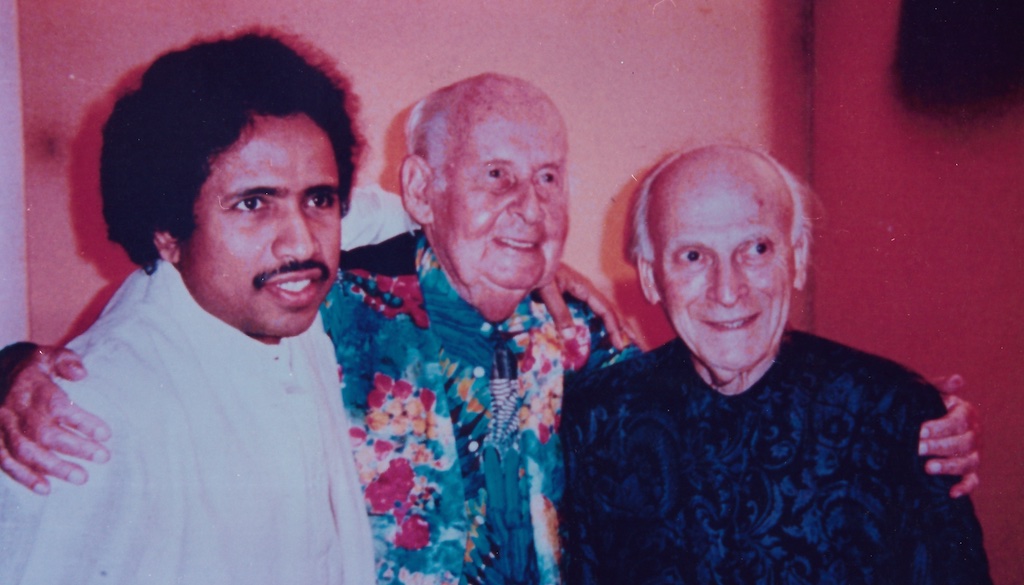
NS: As a performer, what is your process for creating a setlist or choosing which ragas to play during a performance? Do you have a specific theme or mood in mind, or is it more spontaneous?
LS: Almost always, it's spontaneous. I refrain from providing a setlist for classical performances. Although venues like Lincoln Center or Carnegie Hall typically request program details for their program booklets, I prefer to offer flexibility. I tell organizers that while I can suggest piece names, I often decide on the spot, guided by my mood and intuition. Generally, I indicate the raga and a category like kriti, allowing for a wide selection. Once at the venue, after tuning, an inner voice directs my choices. Sometimes, this spontaneity can pose challenges, especially when collaborating with others. Despite any announced plans, I may change pieces on a whim, driven by the moment. This approach, while unconventional, allows me to perform authentically, guided by instinct and emotion.
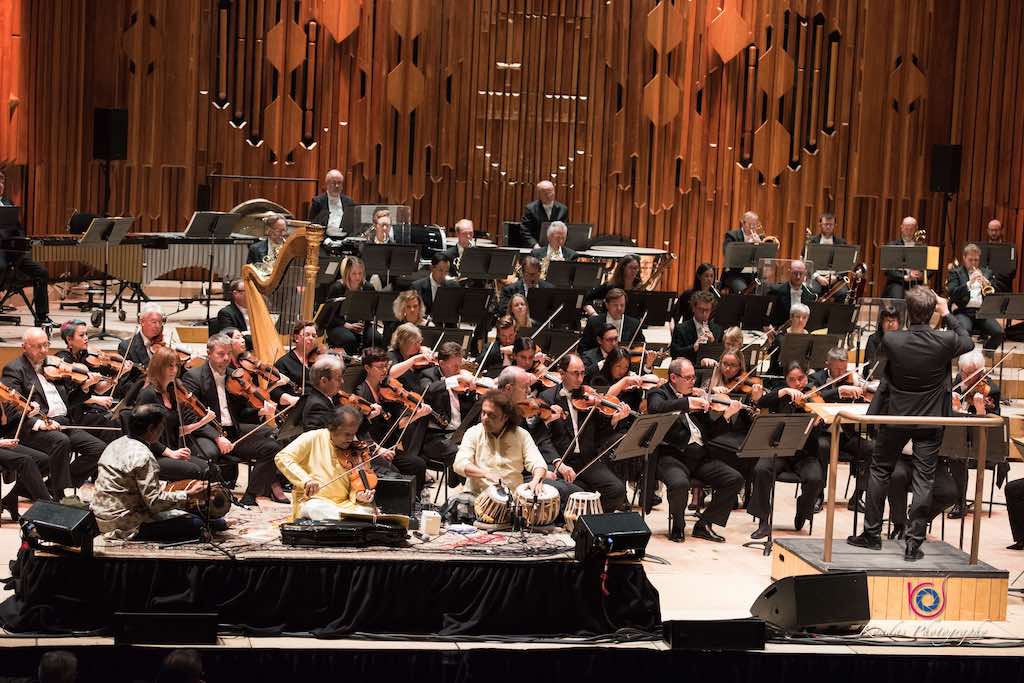
NS: Your performances are known for their virtuosity and improvisation. How do you balance the structure of the raga with the freedom of improvisation, and what is your process for creating spontaneous musical ideas during a performance?
LS: If you examine closely, every raga follows a scale, whether it's a five-note, seven-note, or a combination of both ascending and descending. The crucial aspect, as my father emphasized, is not to merely play notes mechanically but to infuse each note with life, emotion, and colour. This depth transforms the music, resonating with both the performer and the audience. While technical mastery is vital for unrestricted expression, it's the infusion of emotion that leaves a lasting impact. I recall instances at large festivals where, amidst energetic performances, I would transition into a soulful solo, captivating listeners despite adverse weather conditions. It's the emotional connection that transcends barriers, making virtuosity coupled with musicianship truly impactful.
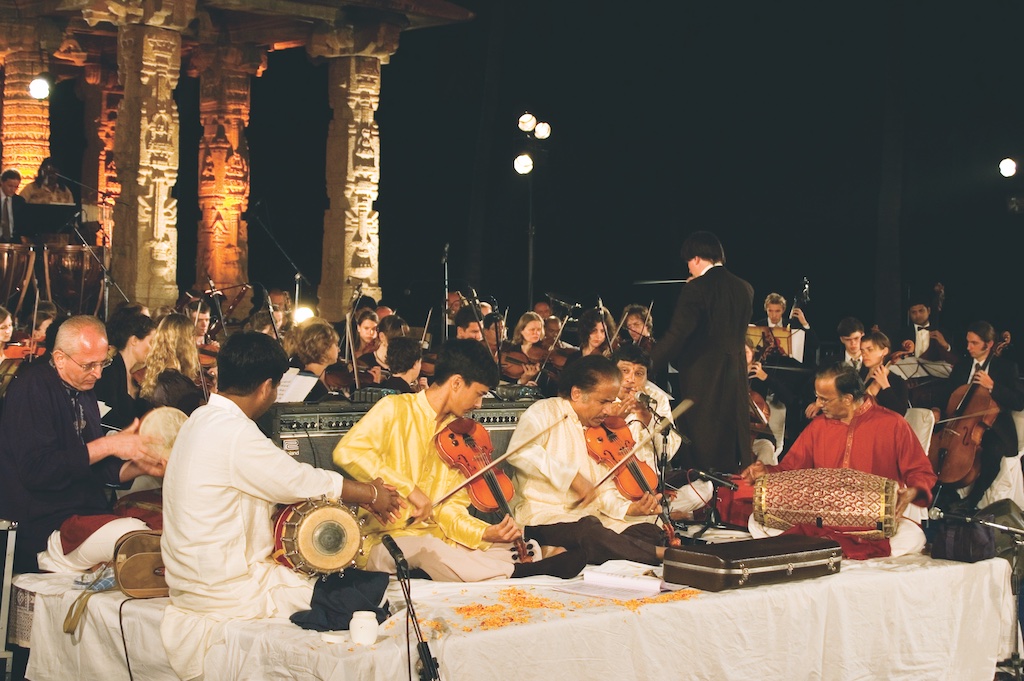
NS: What inspired the expansion of the Subramaniam Academy of Performing Arts from focusing solely on cultivating serious performers in Indian classical music to incorporating music education programs in schools, and how do you envision these programs contributing to society's well-being and fostering creativity across disciplines?
LS: The Subramaniam Academy of Performing Arts initially aimed to cultivate serious performers within the Indian classical music realm, starting on a modest scale but expanding over time. Now under the stewardship of my daughter Bindu and son Ambi, the academy has evolved to include music education programs in various schools. Our mission is to provide every child with the opportunity to learn music, recognizing its profound impact on intellectual, emotional, and spiritual development. In today's society, where emotional disturbances are prevalent, music serves as a refuge, offering moments of inner reflection and tranquillity. By extending music education to more schools, we hope to foster a calmer, more harmonious society while stimulating the underutilized creative side of the brain. Music education not only trains individuals in artistic expression but also cultivates spontaneous creativity, a skill applicable across various disciplines. Whether in medicine, engineering, or any field, the ability to think creatively enhances problem-solving and innovation. Therefore, it is imperative that future generations have access to music education, enriching their lives and expanding their potential for success in all endeavours.
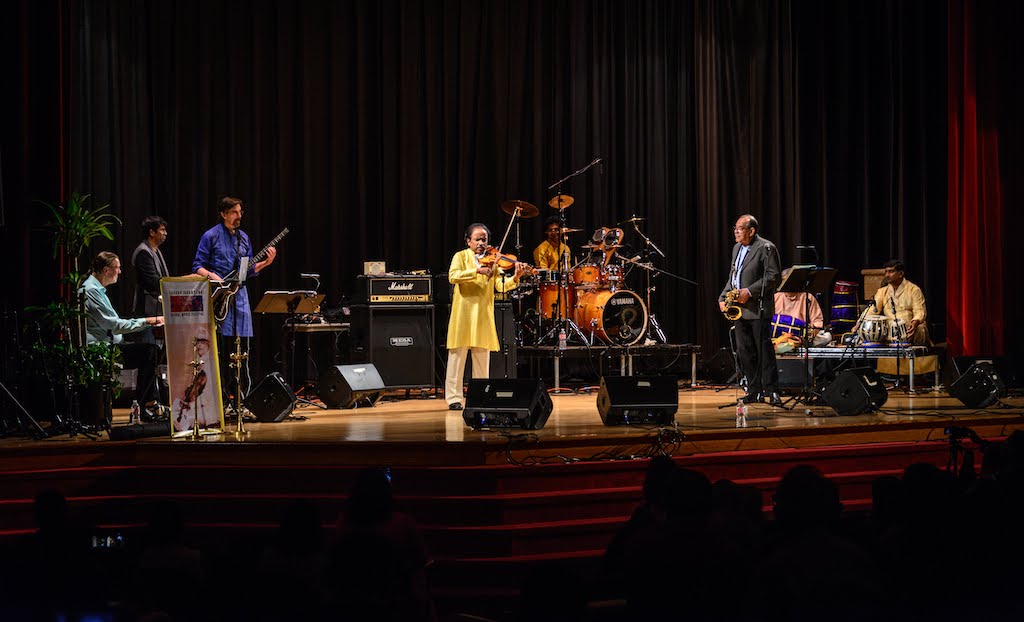
NS: What motivated the shift from traditional career paths to promoting music as a viable profession, and how has the Lakshminarayana Global Centre of Excellence and its collaborations with universities contributed to bridging the gap between conventional education and musical excellence?
LS: Previously, pursuing a career in music wasn't widely seen as a viable option, with professions like medicine, engineering, and chartered accountancy being the norm. However, through establishing myself as a successful soloist and performing at prestigious venues worldwide, we've demonstrated that being a musician is a legitimate path. Today, many young musicians are embracing this profession, not only in classical music but also in fusion bands like Global Fusion, which I initiated in the early 70s.
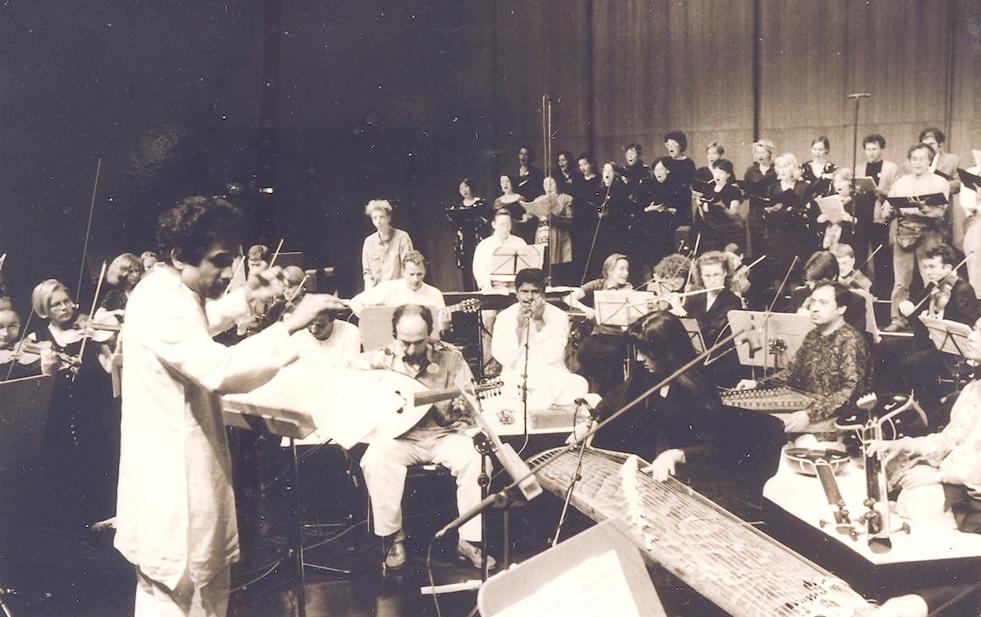
To bridge the gap between traditional education and musical excellence, we established the Lakshminarayana Global Centre of Excellence, offering degrees ranging from BA to PhD. Our curriculum prioritizes practical training under experienced gurus rather than relying solely on textbooks. Collaborating with universities such as Jain University (Bangalore, Karnataka) and Vishwakarma University (Pune, Maharashtra), we offer UGC-approved degrees and certificates, providing a multidisciplinary education covering Carnatic, Hindustani, and global music.
Through our efforts, we aim to provide aspiring musicians with the tools and knowledge needed to excel in their chosen field, whether as performers or educators. This endeavour is not just my legacy but also a continuation of my father's vision for music education.
Dr. L. Subramaniam and his family present a fusion of Carnatic classical and world music, reprising his iconic compositions on September 14 at the Nita Mukesh Ambani Cultural Centre.
